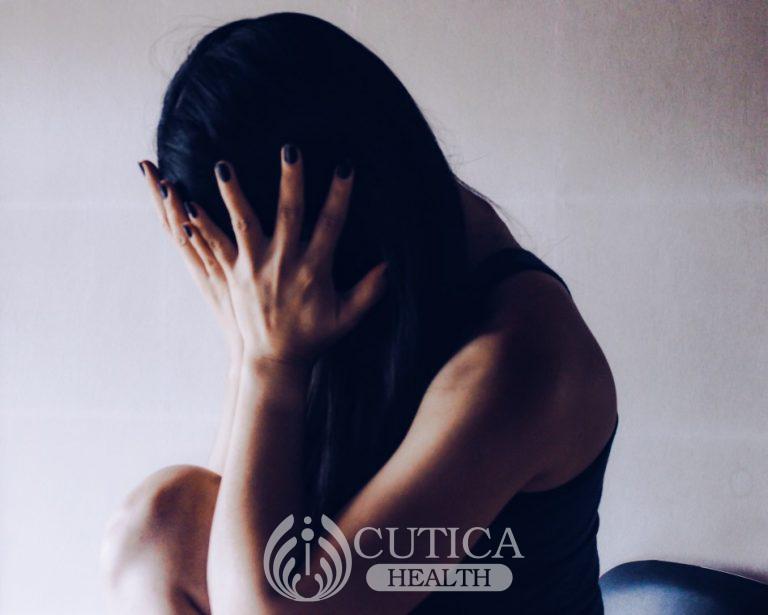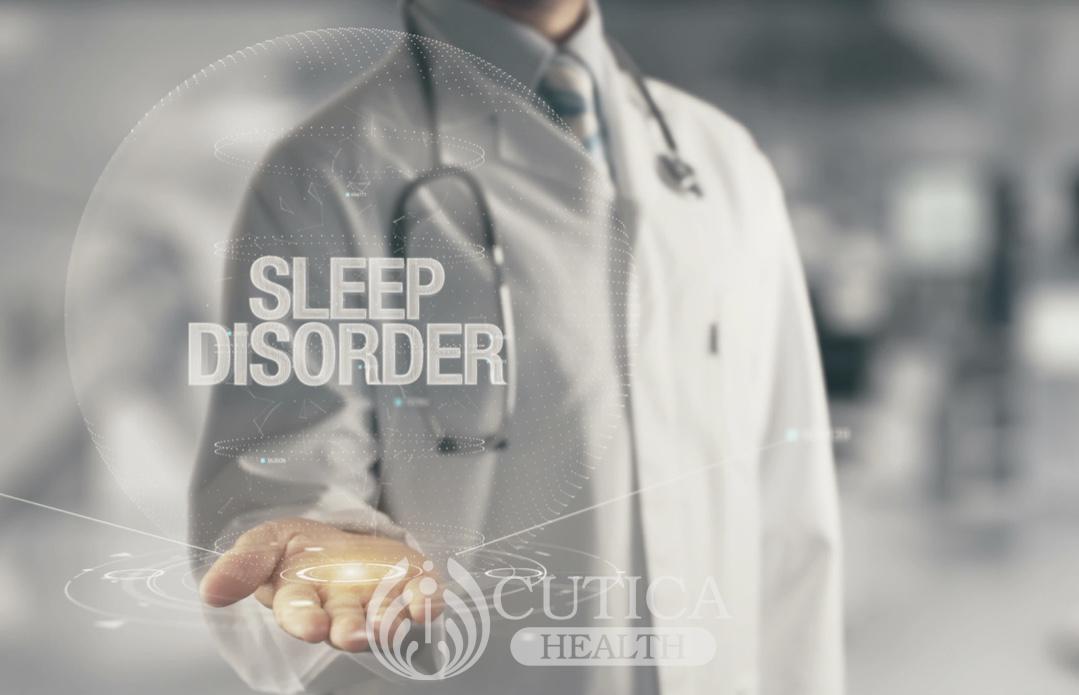
Sweating profusely and squeezing her face as if she was in pain, Clara yelled in her sleep. It was evident that she was having one of those nightmares she had been having for the past ten years. When she experiences those nightmares, she sees the events as they happened on that cold winter night, ten years at 14.
“Daddy! Daddy!! Daddy!!!” She screamed and woke up suddenly.
Ten years ago, a rape/armed robbery attack made her an orphan. That night, her parents were murdered in cold blood, and her innocence was ripped from her (hands).
What is PTSD?
It is a mental disorder that affects individuals after a traumatic event, such as accidents, sexual assaults, physical abuse, and so on.
The individuals get haunted by these traumatic events, causing them to experience recurrent nightmares and panic episodes long after the inciting event.

Children with this condition often develop emotional and intellectual disturbances as they grow older because the thoughts of the traumatic event continue to interfere with their life. They also experience difficulties at work or school, and problems interacting with people.
PTSD is more common in women than men as women are more likely to suffer sexual and physical abuse than males.
Poorly managed PTSD could also lead to depression and even suicide.
Signs and symptoms
1. Recurring nightmares, which may cause sleep problems.
2. Flashbacks: Scenes of the traumatic event are replayed in their minds over and again, triggering anxiety attacks.
3. Anxiety and fearfulness.
4. Depressed mood.
5. Social isolation.
6. Lack of interest in activities.
7. Inability to trust people.
8. Irritability and anger.
Risk factors

The risk factors for PTSD include:
- Domestic violence
- Child abuse
- Sexual and physical assault
- Military experiences: Some soldiers get PTSD from the events they experienced during a war, especially those involving near-death experiences
- Genetics: The risk of PTSD increases with a family history of the condition.
Treatment
Doctors treat PTSD in several ways, including:
1. Psychotherapy: This involves therapy sessions with a licensed mental health professional, who will help you understand the cause of your symptoms and teach you the skills to help you deal with them
2. Use of medications: Your doctor may also prescribe medicines, such as antidepressants and anti-anxiety medications, to alleviate some of your symptoms.
3. Play therapy for children: Play therapy is used for children with PTSD to help them overcome the emotional distress of PTSD. Play therapy techniques include storytelling, arts and crafts, playing with puppets, toy phones, dolls, stuffed animals, etc.
4. Exercise: Apart from taking the person’s mind off stray thoughts, exercise also boosts energy levels and improves sleep.
Treatment for PTSD also involves rehabilitation programs that address exacerbating factors, such as alcohol and substance abuse. Military officers with PTSD also engage in programs that help them adjust better to civilian life as part of their rehabilitation.












